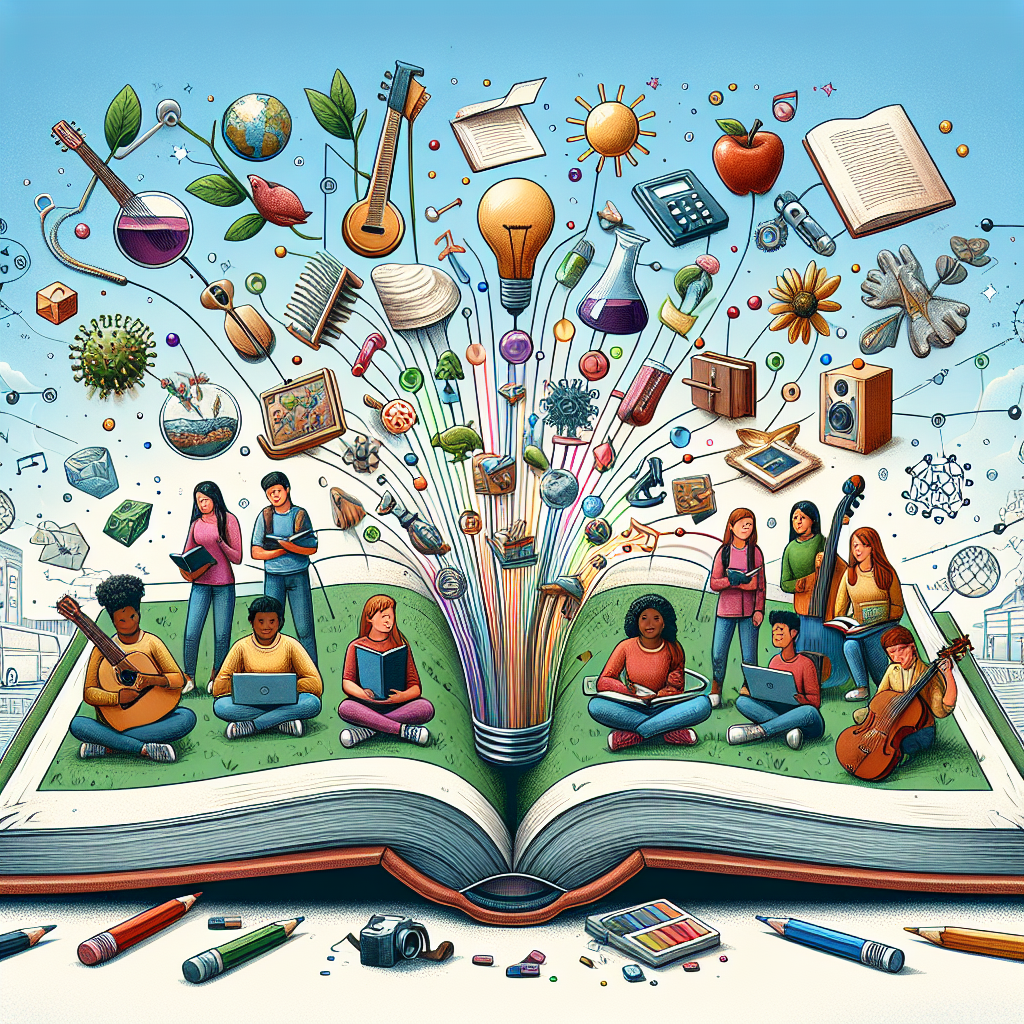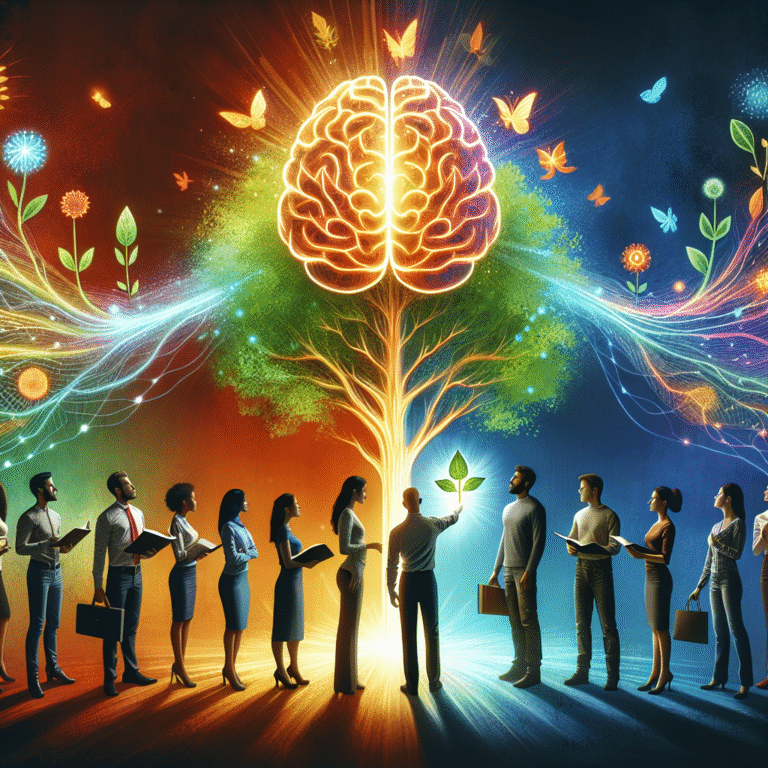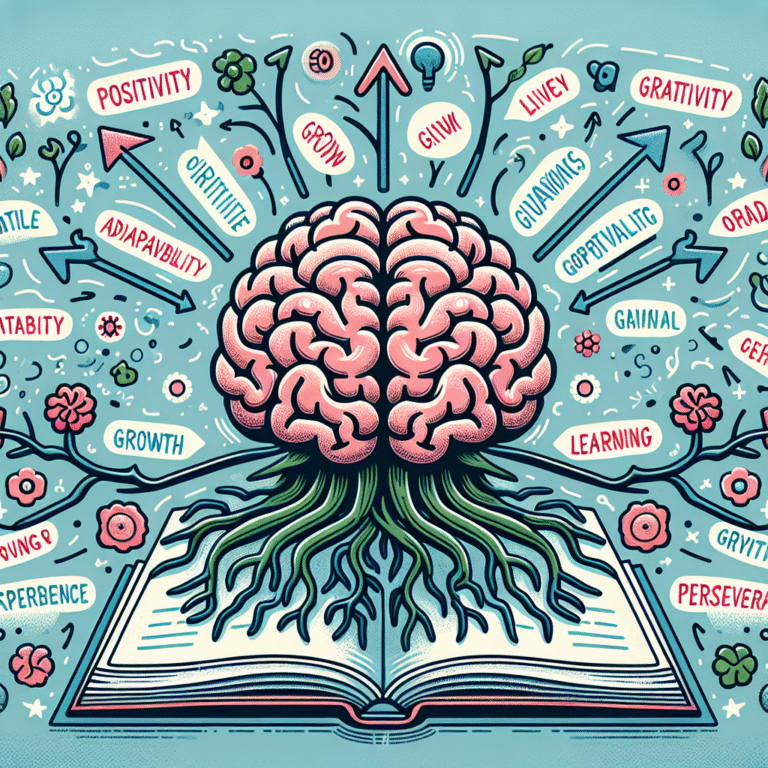
Introduction
In the ever-evolving landscape of education, the adage "knowledge is power" is being redefined. Today, what powers our students is not only the information they memorize from textbooks but the experiences they engage with beyond those pages. This shift towards experiential learning has become increasingly vital in crafting a modern educational framework. Welcome to the realm of "Beyond Books: The Growing Importance of Experiential Learning in Today’s Curriculum," where hands-on experiences, collaborative projects, and immersive learning take center stage.
Picture this: students working in thriving gardens, creating apps to solve real-world issues, or collaborating with local businesses on environmental projects. These activities are not just joyful pastimes; they are transformative educational experiences. Let’s delve deeper into why experiential learning is revolutionizing education and how we can embrace this shift for the benefit of our future leaders.
The Shift from Traditional Learning to Experiential Learning
Understanding Experiential Learning
Experiential learning is rooted in the philosophy that we learn best through doing. This approach encourages students to engage directly with material in a way that promotes critical thinking, problem-solving, and creativity. But how does this manifest in today’s curriculum?
A Paradigm Shift
The passage from traditional learning models, where rote memorization and standardized tests held sway, to a more hands-on, experience-driven curriculum marks a significant paradigm shift. Schools are increasingly adopting methodologies that prioritize skill acquisition over mere information retention. The importance of experiential learning has never been more pronounced, given the complexities and immediacy of the world we live in.
Why Experiential Learning Matters
1. Bridging Theory and Practice
One of the cornerstone benefits of experiential learning lies in its ability to bridge the gap between theoretical knowledge and practical application. Studies reveal that students who engage in experiential learning retain information longer and apply it more effectively. For example, a study conducted by the National Training Laboratories found that learners retain:
| Learning Method | Retention Rate (%) |
|---|---|
| Lecture | 5 |
| Reading | 10 |
| Audio-Visual | 20 |
| Demonstration | 30 |
| Discussion | 50 |
| Practice by Doing | 75 |
| Teach Others | 90 |
This staggering contrast underscores the importance of deploying experiential learning techniques in today’s curriculum, making it imperative for educators and institutions to adapt to this shift.
2. Enhancing Engagement and Motivation
Students are more engaged when they can relate to the content they learn. The term "engagement" is often thrown around in educational discourse, but it is vital for fostering a positive learning environment. When students participate in real-world projects, they are more likely to see the relevance of their studies, leading to greater motivation and excitement for learning.
3. Developing Critical Skills
Experiential learning fosters the development of essential skills such as teamwork, communication, and leadership. In an age where employers seek individuals who can adapt, innovate, and collaborate, such skills are priceless. When students work together on projects, they learn to manage conflict, delegate tasks, and respect differing viewpoints—skills that will serve them throughout their lives.
Real-World Applications of Experiential Learning
Case Study 1: Project-Based Learning in Schools
One of the most compelling examples of experiential learning in action is project-based learning (PBL). In PBL, students work over an extended period to investigate and respond to complex questions or challenges.
Example: At High Tech High in San Diego, students engage in interdisciplinary projects that culminate in public exhibitions of their work. This not only helps students apply what they’ve learned in a real-world context but also provides them with invaluable feedback from the community.
Relevance:
The success of High Tech High illustrates how immersion in projects fosters deeper understanding and retention of knowledge, making it a vital component of the conversation surrounding Beyond Books: The Growing Importance of Experiential Learning in Today’s Curriculum.
Case Study 2: Collaborative Learning with Local Businesses
Many educational institutions are forging partnerships with local businesses to enrich their curricula. For example, students at a nearby high school collaborated with a local tech company to develop an app that addressed community issues, such as food insecurity.
Analysis:
This collaboration allowed students to put their coding skills to the test while gaining insights into professional environments. It showcases the vast potential of experiential learning, emphasizing its necessity in our contemporary educational landscapes.
Challenges of Implementing Experiential Learning
Despite the advantages, transitioning to a curriculum that prioritizes experiential learning comes with challenges. These obstacles include:
Resource Allocation: Schools need proper resources—both in terms of financial support and materials—to implement experiential learning effectively.
Training Educators: Teachers require professional development and support to adapt their teaching strategies to this new model.
- Standardized Testing: The current emphasis on standardized tests may deter schools from focusing on experiential learning. Overcoming this mindset is essential for systemic change.
Integrating Experiential Learning into Existing Curricula
Strategies for Educators
Redesign Assignments: Shift from traditional essays and exams to project-based assignments that allow for creativity and critical thinking.
Utilize Technology: Leverage digital tools to create simulations and virtual environments where students can learn through exploration.
- Build Partnerships: Collaborate with local businesses and organizations to provide students with real-world experiences.
Conclusion
As we move forward in an increasingly complex and interconnected world, the call for "Beyond Books: The Growing Importance of Experiential Learning in Today’s Curriculum" resonates louder than ever. Education is no longer confined to classroom walls; it demands an adaptability that encompasses practical experiences and real-world applications.
Let us encourage educators, administrators, and students alike to embrace this essential shift. Experiential learning not only enriches the educational journey—it cultivates the leaders and innovators of tomorrow. The future is experiential, and the potential it holds is limitless.
FAQs
1. What is experiential learning?
Experiential learning is an active learning approach that emphasizes direct experience and reflection. It allows students to engage in hands-on projects that provide practical applications of theoretical knowledge.
2. How does experiential learning differ from traditional learning?
Traditional learning often focuses on passive methods, such as lectures and rote memorization. In contrast, experiential learning engages students through active involvement, critical thinking, and real-world applications.
3. What are some examples of experiential learning activities?
Examples include project-based learning, internships, community service projects, and hands-on experiments in science classes.
4. How can schools implement experiential learning successfully?
Successful implementation requires proper resource allocation, training for educators, and a commitment to adapt curricula to include hands-on experiences.
5. Are there challenges to incorporating experiential learning in schools?
Yes, challenges include resource constraints, the need for teacher training, and existing pressures from standardized testing that may hinder innovation.
By embracing "Beyond Books: The Growing Importance of Experiential Learning in Today’s Curriculum", we open up a world where students are equipped not just with knowledge, but with the skills to navigate and shape the complexities of the future.















